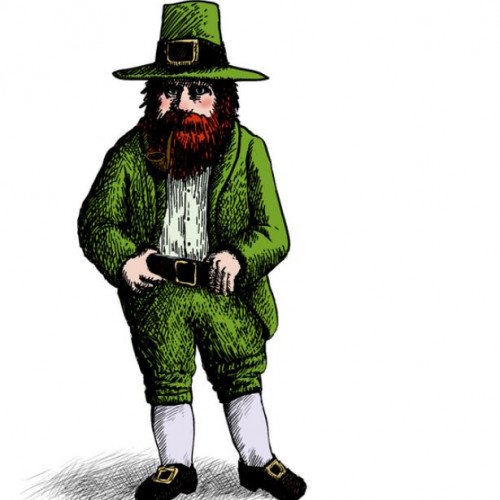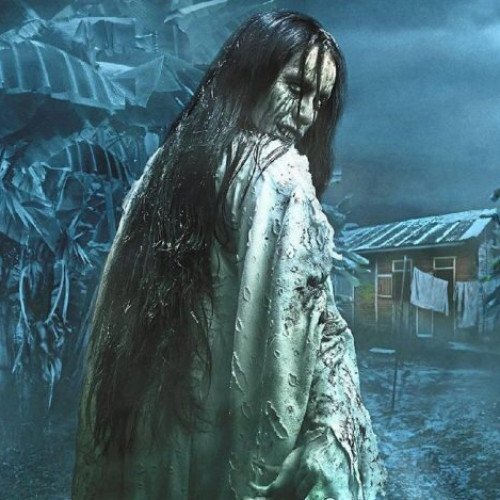Leprechaun VS Pontianak (folklore)

Leprechaun
A leprechaun (Irish: leipreachán/luchorpán) is a diminutive supernatural being in Irish folklore, classed by some as a type of solitary fairy. They are usually depicted as little bearded men, wearing a coat and hat, who partake in mischief. In later times, they have been depicted as shoe-makers who have a hidden pot of gold at the end of the rainbow. Leprechaun-like creatures rarely appear in Irish mythology and only became prominent in later folklore.
Statistics for this Xoptio

Pontianak (folklore)
The Pontianak, Matianak or Kuntilanak (from Dutch-Indonesian: Puntianak, Jawi: ڤونتيانق), sometimes shortened to Kunti, is a mythological creature in Malay and Indonesian folklore. It is described as a vampiric, vengeful female ghost. The pontianak is the singular form of Kuntilanak, a woman who died in childbirth. Similar to the langsuir in Southeast Asia, the pontianak is a long-hair female bloodsucker that represents a local variation of vampire lore. She lures in unsuspecting men to incite fear and enact revenge. Signs that a pontianak is nearby include the sound of an infant crying and the smell of decaying corpses or the plumeria flower.